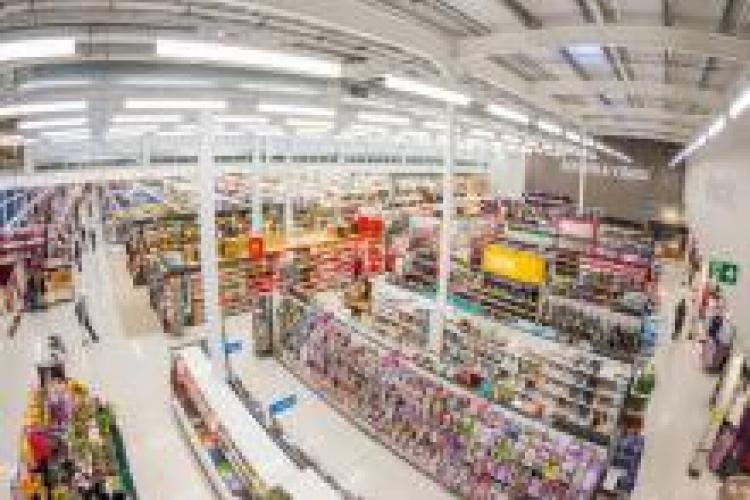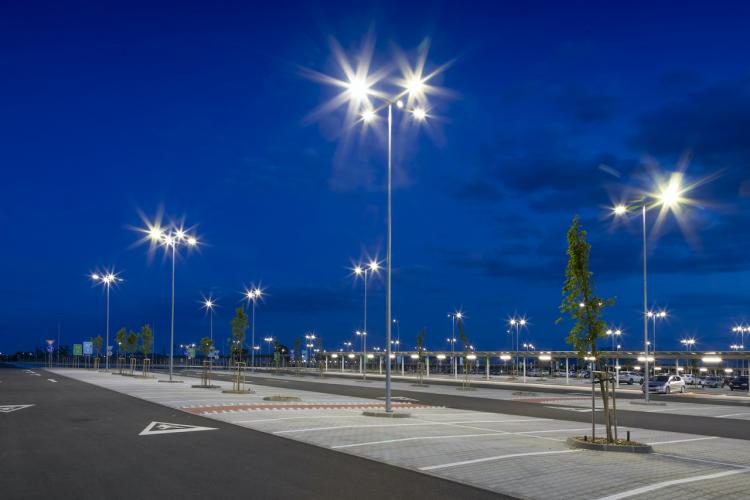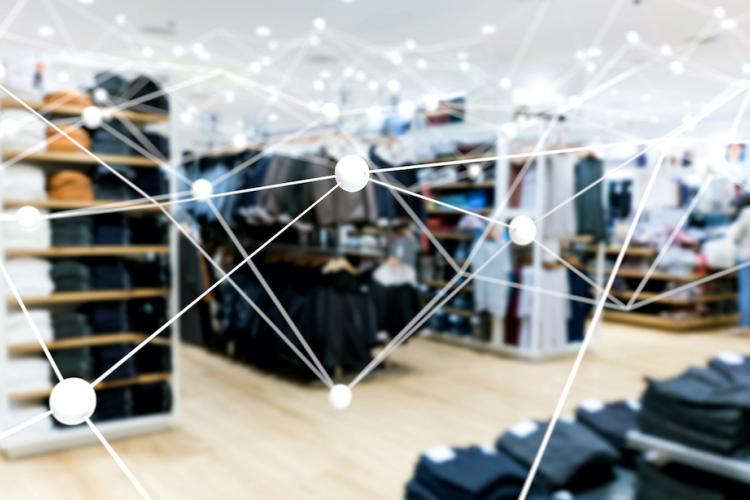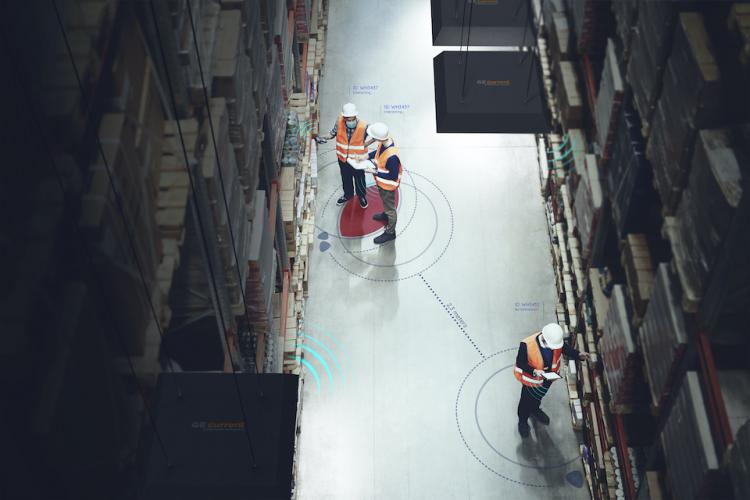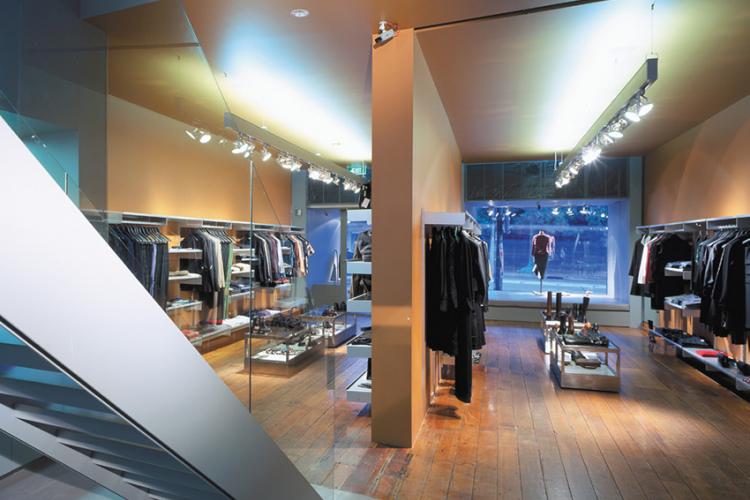Steps to Smart Supermarkets: 3 Ways Grocery Day is Going High-Tech
Steps to Smart Supermarkets: 3 Ways Grocery Day is Going High-Tech
In as few as five years, 70 percent of consumers will be grocery shopping online, according to a new report from the Food Marketing Institute (FMI) and Nielsen. This estimated $100 billion spend—equivalent to every U.S. household spending $850 online for food and beverage annually—will occur by 2022 or 2024.
Only brick-and-mortar stores aren’t going anywhere soon. A study by The NPD Group shows only 7 percent of U.S. consumers shopped online for groceries during a one-month period from May to June 2017. Those who tried and quit e-shopping (or simply avoided it) cited many reasons; primarily, they want to pick out their own fresh items.
Forbes adds, online shopping could make the physical store more important as retailers reimagine brick-and-mortar buildings as fulfillment centers.
As brands strive to create a seamless blend of online and offline shopping, many are investing in technologies that not only enhance the customer experience but help them operate more efficiently.
Here are three ways grocery day is changing for good:
1| If Cabbage Could Talk
From mobile coupons to online shopping lists, handheld scanners to smart shelves, and storewide Wi-Fi® to electronics in every aisle, food retailers have started to equip customers with digital tools and devices that drive in-store engagement.
In fact, Italy’s largest supermarket chain, Coop Group, wants shoppers to imagine walking into a store that combines the feel of a traditional market with technologies that enable products to tell their story. There are no shelves to get in the way, but sophisticated screens are everywhere, providing the information consumers want along with suggestions based on their food preferences and dietary needs.
These touchpoints allow customers to interact with the products and can simultaneously deliver valuable data to grocers (for example, using real-time information to manage stock levels with improved speed and accuracy).
2 | The Robots Are Coming
Reuters reports Wal-Mart Stores Inc. is rolling out shelf-scanning robots in more than 50 U.S. locations to replenish inventory faster and save employees time. The robots are fitted with cameras and can scan aisles to identify missing items, incorrect prices and mislabeling. This data is passed to store employees who then stock the shelves and fix errors.
The robots can scan shelves more accurately and three times faster than their human counterparts, Wal-Mart says, adding that its associates only have time to scan shelves about twice a week. These autonomous workers (meant to aid employees, not replace them) represent a broader effort to digitize Wal-Mart stores and make shopping easier for on-the-go consumers.
3 | Finding a Way
Many grocers are also experimenting with mobile apps that help shoppers navigate aisles faster by displaying a map-style grid on their smartphone, showing the best route to take, while other store owners are placing automated kiosks in key areas that allow customers to serve themselves.
A few supermarkets have even looked at embedding sensors in the wheels of shopping carts. This unusual spin on wayfinding technology can tell the retailer a shopper’s precise location, and the data could be used to anticipate a rush at the checkout line or to guide customers to special offers.
As supermarkets adapt to the needs of tech-savvy consumers, it will become even more important to gain a holistic view of what’s happening inside the building to keep people moving seamlessly through it. Each brand will experience this digital transformation differently, but all share the common goal of creating a responsive environment that engages shoppers while boosting productivity, from employee utilization to merchandising to inventory management.
So, what’s the next step for supermarkets? At Current, we’re talking to grocers who want to learn more about cloud-ready network architecture that can link different devices together, enabling a wireless data network that creates exciting opportunities for both shoppers and stores.
In fact, it has many organizations looking at built infrastructure in a whole new light, where LED fixtures can “see” the entire store and enable intelligent outcomes while saving energy around the clock.
It’s all part of a growing conversation around technologies that are changing grocery day in dynamic ways. Get started today, register for our smart retailing webinar to learn how to improve customer experience with actionable data insights.


